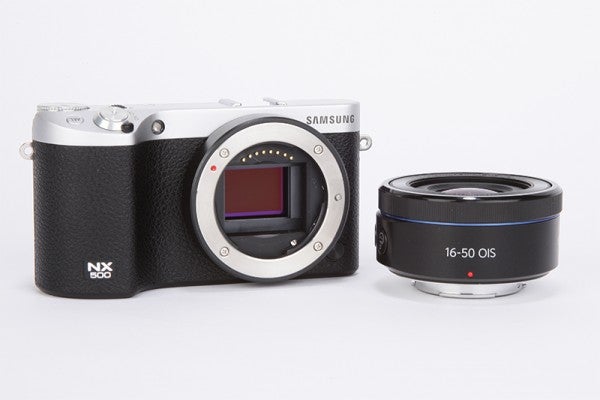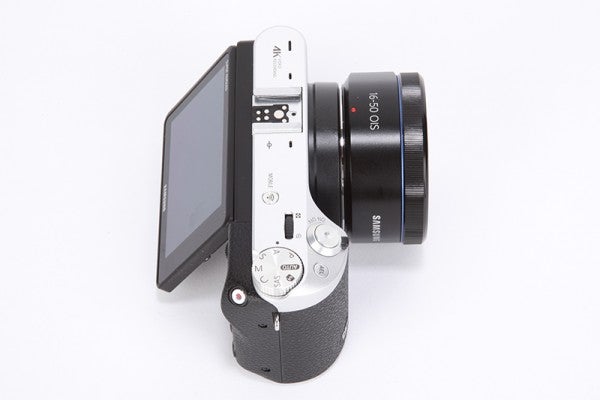Samsung NX500 Review - The NX500 features the same 28MP sensor as the advanced NX1 in a more compact body, but does it manage the same level of image quality and general performance? Read on to find out...
Samsung NX500 Review
With the NX500, Samsung has taken the same sensor and put it into a much smaller and less expensive camera. With a simplified Drime Vs processor the specifications are trimmed back a bit, but are still very impressive.
Full range of features
The sensitivity range covers ISO 100-51200, which is broader than most other APS-C sensor models. Tucked away in the menu is a very useful, and highly customizable Auto ISO system. Image quality is excellent at the lower sensitivities up to ISO 800, with ISOs 1600 and 3200 also very useable. However the highest settings – ISOs 12800 to 51200 – are generally best avoided.
Continuous shooting is available at up to 9 fps, during which the camera can track focus on moving subjects pretty successfully. Metering tends to be distinctly conservative, erring too far towards underexposure to protect highlight detail. The Picture Wizard menu gives plenty of colour options, such as Landscape and Vivid settings, and an attractive Classic monochrome mode.
Video capture
Video recording is available at 4K resolution, although only from the central region of the sensor, resulting in a significant 1.7x field-of-view crop.
The 4K footage is very good indeed, and visibly higher quality than the camera’s conventional Full HD output, even when viewed on a standard Full HD TV. However it does take up more card space, and is currently much more difficult to edit.
Image viewing is via a 1.04M dot Super-AMOLED rear screen, which can tilt up to face forwards for self portraits. It’s touch sensitive for camera control and image playback, with as slick an interface as we’d expect from Samsung. It’s pretty colour accurate too, but I found the brightness has to be turned up to the maximum for it to be at all visible when shooting in bright sunlight.
With a prominent handgrip the NX500 is comfortable to carry around and use, and a decent array of external controls make it quick to operate too. It has two command dials to change exposure settings, which is always welcome, but unfortunately they’re very small and recessed into the camera body, with makes the camera less pleasant to use than it should be.
There’s no built-in flash, but a small external unit is supplied with the camera that slides on to the hot shoe. This can also take larger external flash units, but sadly unlike on other similar cameras, there’s no provision to use an add-on electronic viewfinder.







